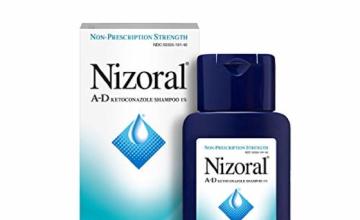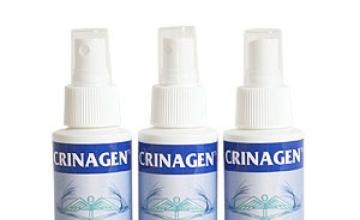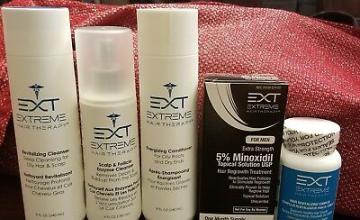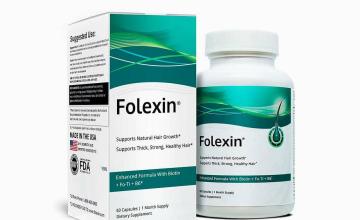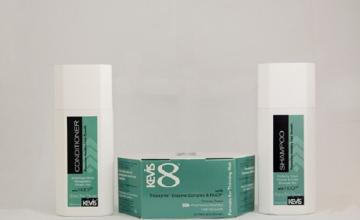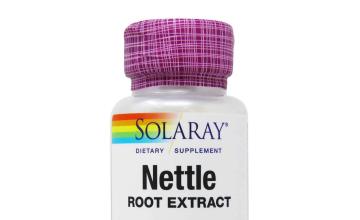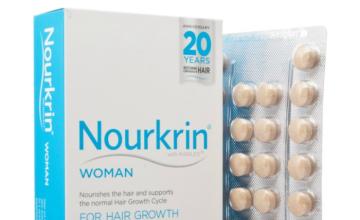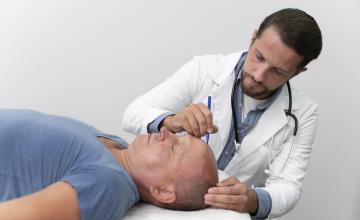 Is it Effective in Treating Baldness?
Is it Effective in Treating Baldness?
Hair loss suffering men and women are always seeking new and credible treatments and with good reason. Medical science is still years from producing a true hair loss cure and current treatment options are vastly limited. Women with hair loss have even fewer options than their balding male counterparts when it comes to proven, non-surgical hair loss treatments. Additionally, there is no shortage of cunning charlatans waiting to take advantage of the unwary consumer. Thus, when a new product like Kevis Hair Rejuvenation Formula comes along claiming to be a “permanent” solution and “the most successful and potent hair loss treatment on the planet”, potential customers would be wise to remain skeptical.
Kevis hair loss treatment is not an entirely new solution. In fact, their website states that it has been sold throughout Europe and Asia for over 25 years but has only been available in the United States for 15 years. This is simply the 8th generation of the formula; hence their new name Kevis 8. But how can such an impressive treatment exist for 10 years yet remain virtually unknown to roughly 70 million balding American men and women? What’s even more surprising is that Kevis claims that published clinical studies give this solution for baldness an average success rate of 92%. So why are so many people still seeking viable hair loss treatments today?
Kevis 8 is a drug-free topical lotion developed and manufactured by Italian pharmaceutical company, Farmaka, and distributed by Kevis Rejuvenation Programs in North and South America and by Pfizer in Europe and Asia. As such, it does not come under the regulatory supervision of the United States Food and Drug Administration (FDA). It is applied directly to the scalp and can be used by both men and women. Ingredients are listed as:
Water, SD Alcohol 40-c+SD Alcohol 3-c, Propylene Glycol, Hydrolized Glycosaminoglycans (Thioglycoran), Panthenol, Sorbic Acid, Methylparaben, Hyaluronic Acid (H.U.C.P.), Thurfylnicotinate HCL, Propylparaben, Sodium Hydroxide, Biotin, Fragrance.
H.U.C.P is a high concentrate of pharmaceutical grade hyaluronic acid which purportedly aids in the breakdown of accumulated DHT in the follicle and creates a binding effect in the follicle's receptor sites preventing further DHT buildup. Kevis also lists the ingredient Tricozyme™. Tricozyme is a protein enzyme that they claim attaches itself to free-floating DHT molecules rendering them “inactive and inoperable”.
Kevis claims that results from using their product are “permanent”. Once hair follicles are protected from the effects of DHT they will remain DHT resistant for life. Thus, their claim is that once the desired result is reached, there is no need to continue using Kevis. This is a hefty claim considering all other non-surgical balding solutions are required to be used for life in order to experienced continued benefits.
In an effort to demonstrate its efficacy, Kevis provides complete, downloadable copies of seven clinical studies conducted by various institutions in France and Italy and provides summaries of each. They also offer several before and after photos (including those of company founder and President Brian Reichenberg) and written testimonials. What seem to be conspicuously missing are references to third-party studies and publications in peer reviewed journals. Without these critical components it’s impossible to verify the company’s hair growth claims.
Balding men and women may want to stick with clinically proven and FDA approved medical hair loss treatments. For men those treatments are Rogaine (minoxidil) and Propecia (finasteride). Rogaine is also approved for use by females. However, women should not ingest or even come in contact with finasteride due to the risk of specific birth defects. Men and women who are unable or unwilling to use these drugs can find credible alternatives.
When it comes to purchasing and using hair loss treatments, there is much more at stake than your hard earned money. Dedicating months or years to ineffective treatments may result in the unnecessary loss of valuable and irreplaceable hair follicles.



